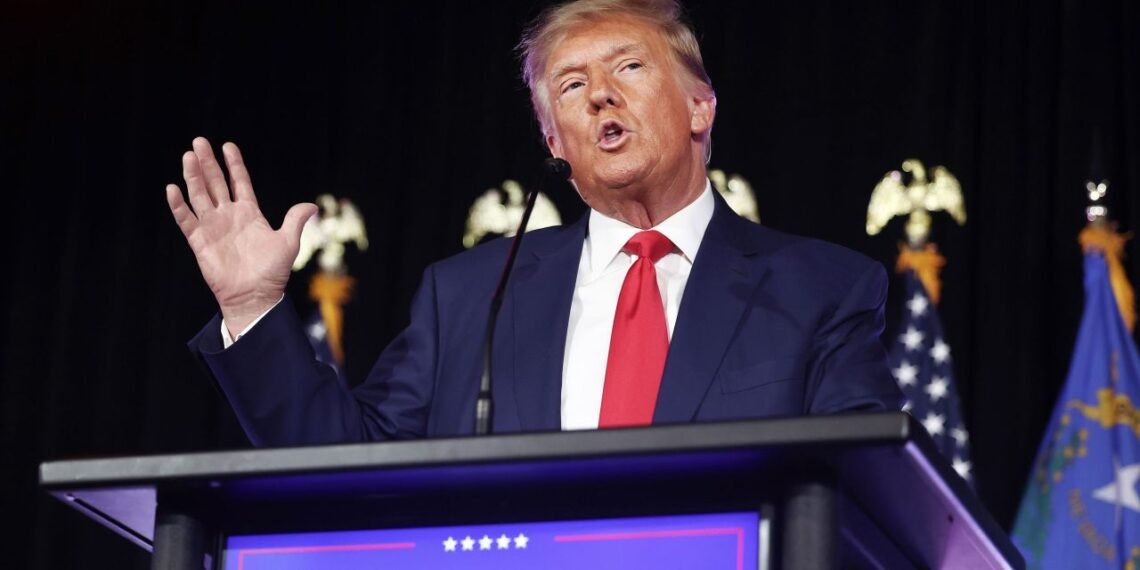In a dramatic escalation, the US has linked India’s energy ties with Russia to national security concerns, prompting New Delhi to accuse Washington of hypocrisy.
BY PC Bureau
New Delhi, August 6 – In a dramatic escalation of trade tensions, U.S. President Donald Trump has announced a new 25% tariff on Indian imports, explicitly linking the move to India’s continued purchase of discounted oil from Russia. The decision, detailed in an executive order published on the White House website, underscores Trump’s growing frustration with what he describes as India’s “profiteering” from the Ukraine war.
The tariff, which will take effect 21 days from the date of the order, brings the total U.S. duties on Indian goods to nearly 50%—the highest imposed on any Asian trade partner by the Trump administration. The order cites national security concerns under emergency provisions tied to Russia’s 2022 invasion of Ukraine.
“India is currently, directly or indirectly, importing Russian Federation oil. The continuation of this activity, given the aggression in Ukraine, makes it necessary and appropriate to impose this tariff,” the executive order reads.
Trump’s criticism of India’s oil policy has been simmering for months. In a recent post on his platform, Truth Social, he accused India of not only buying “massive amounts of Russian oil” but also of reselling it on the global market at a profit.
READ: Odisha Horror: Third Girl Dies by Fire in a Month
“They don’t care how many people in Ukraine are being killed by the Russian war machine,” Trump wrote. “India is making big money, and we are being played.”
This latest move is part of a broader pattern of economic pressure on countries perceived to be aiding Russia, either directly or indirectly. However, India has consistently maintained that its oil imports from Russia are a matter of national interest and energy security, especially after the global energy supply chain was disrupted by the Ukraine conflict.
Stung by India’s defiance Trump proceeds by imposing a total 50% tariff on India.
THE HIGHEST AMONG ASIAN ECONOMIES. pic.twitter.com/s5d0XF2q9z
— Rahul Shivshankar (@RShivshankar) August 6, 2025
India Hits Back
In a firm response, the Indian Ministry of External Affairs (MEA) called the new U.S. tariff “unjustified and unreasonable.” The ministry defended India’s crude purchases from Russia, stating that it was a “pragmatic decision” taken to ensure domestic energy stability after traditional suppliers diverted cargoes to Europe.
“India began importing from Russia to address supply disruptions encouraged by the West itself. These decisions were made to maintain market stability. Targeting us now is deeply hypocritical,” said a senior MEA official.
READ: Exclusive: Kuki-Zo, MHA Clear Hurdles, Core Agenda Up Next
India also reiterated its non-aligned stance, asserting that it does not support the war in Ukraine but must prioritize its economic security. “We will take all necessary measures to safeguard our interests,” the MEA said.
Wider Tariff Landscape
India is not the only nation facing steep U.S. tariffs under Trump’s “America First” trade doctrine. Among BRICS countries, Brazil is currently subject to 50% duties, China to 30%, and South Africa to 30%. However, India’s 50% effective tariff rate places it at the top of this list.
Other nations facing high U.S. tariffs include:
Cambodia (49%)
Vietnam (46%)
Sri Lanka (45%)
Madagascar (44%)
Myanmar and Laos (41% each)
Syria (41%)
Switzerland (39%)
Iraq and Serbia (35%)
The Trump administration argues that these tariffs are aimed at protecting U.S. industries and curbing indirect support for countries that undermine Western sanctions or fuel conflicts, particularly Russia’s war in Ukraine.
Strategic Fallout for India
The new tariffs come at a time when India is striving to project itself as a reliable global economic partner, balancing ties with the West while maintaining strategic autonomy in its foreign policy. The blow from Washington could complicate trade negotiations and future defense deals between the two nations.
While India and the U.S. have grown closer in recent years, particularly on defense cooperation and counter-China strategies, Trump’s move signals renewed unpredictability in bilateral ties as the U.S. heads toward another election year.
For India, the pressure now is not just economic—but geopolitical.













